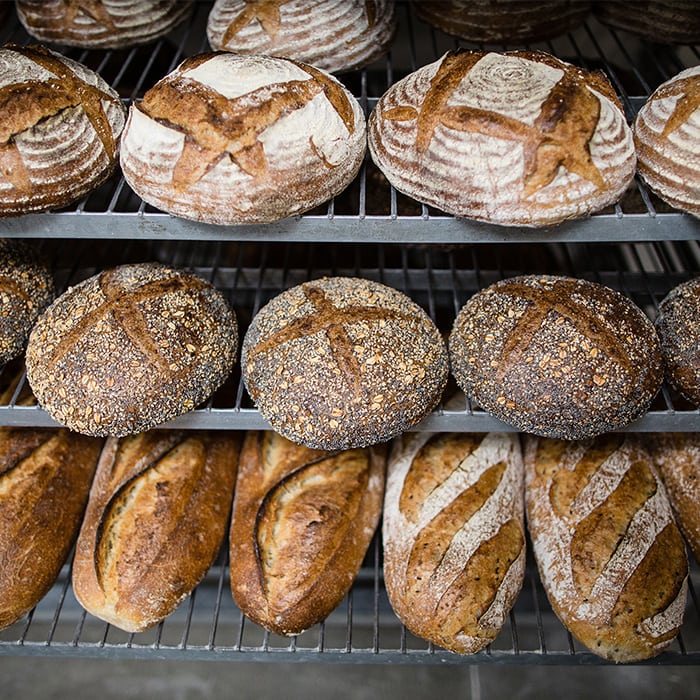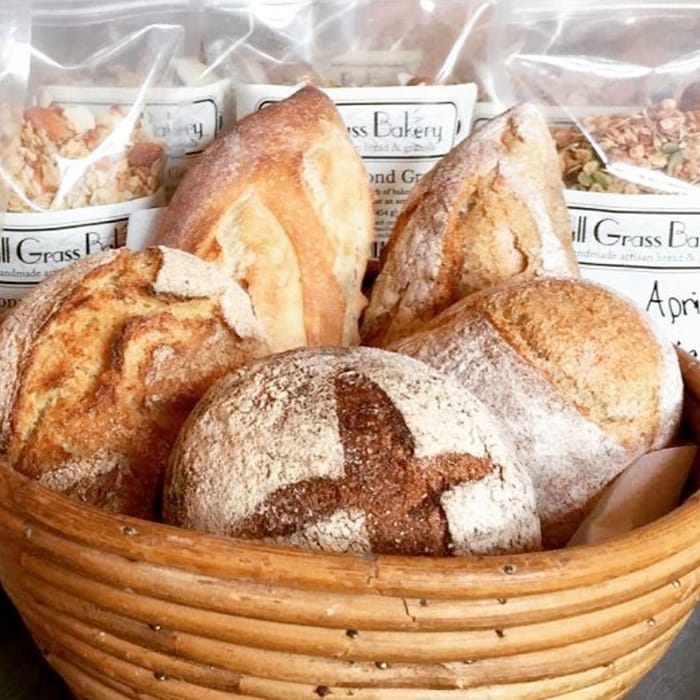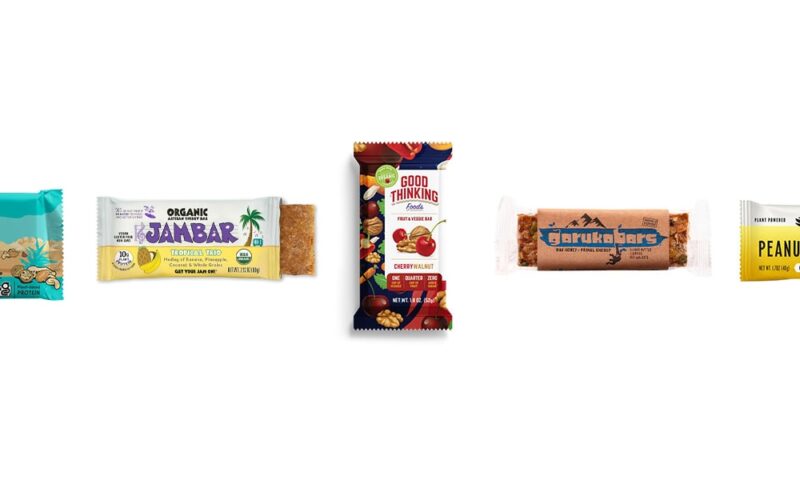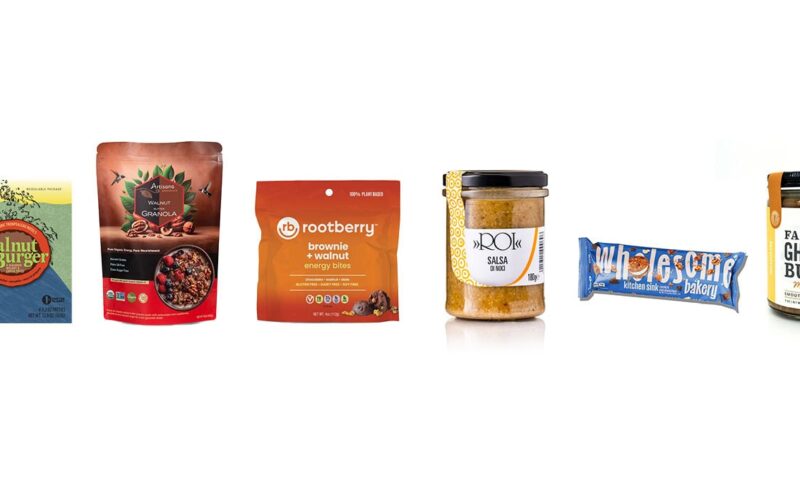Walnuts are a traditional staple in artisan and sweet loaf breads, and now more than ever, consumers are seeking comfort through baked goods with wholesome nuts and fruits.
In fact, Euromonitor International reports that in times of uncertainty and stress, people often seek comfort of the familiar. “Food that reminds consumers of home is seeing increased popularity across generations,” The report says. “Older adults reminisce and reflect on their youth through ingredients and dishes that are associated with their past, whilst younger adults seek the sense of history and belonging.”
What’s more comforting than a banana bread with walnuts or a cranberry and walnut artisan bread? In these products, walnuts contribute flavor, texture, functionality and nutritional value. They also provide nutritious indulgence.
Consumers love carbs, but crave products that provide less guilt. Why not provide them with indulgence while still delivering nutritional properties? Walnuts deliver both nutrition and indulgence. In a 2019 consumer survey, taste was cited as the number one reason for consuming walnuts. In addition, 90% of consumers recognize walnuts as a nutritious food and 78% said the health benefits of walnuts positively impacted their purchase decision. There is a wealth of research showing the benefits of walnuts, and they are the only nut to contain an excellent source of plant-based omega-3 alpha-linolenic acid (ALA) at 2.5 grams per ounce.
Additionally, walnuts help bakers tell a story about their products with a whole ingredient that contributes to a clean label in packaged artisan breads. From a flavor perspective, walnuts carry a unique and subtle nutty flavor profile. They complement sweet chocolate, vanilla and fruit applications, as well as spicy and savory products. Walnuts possess a fairly mild flavor, but they also have a complex profile that includes tangy, acidic, buttery and sharp notes. The dual nature of the walnut — its sharp-flavored skins and a rich interior — enables it to play two roles in the pairing game. The bitter notes allow walnuts to combine with sweeter and higher-fat foods, but at the same time lighten up citrus fruit flavors.
Walnuts also have the perfect bite. Neither too hard nor too soft, they are the ideal inclusion in artisan breads. With walnuts available in sizes ranging from whole pieces to walnut meal, food manufacturers have the ability to tailor the perfect mouthfeel in bakery foods using walnuts.
For retail bakeries in particular, storytelling plays a significant role in customer attraction and retention. However, a bakery’s story should not be limited to the owners and the bakery’s philosophy. A bakery’s story should also include its ingredients. What story do walnuts tell? It’s a history that dates back to 7000 B.C., where walnuts have the distinction of being the oldest tree food known to man. Today, 99% of the English walnuts in the United States are grown in California. They play a key role in the comfort and nostalgic journey that consumers often associate with retail bakeries. However, they’re not a dated ingredient of yore. Walnuts are as relevant as ever to retail bakeries, serving as a key ingredient in artisan breads, as evidenced by these products.






